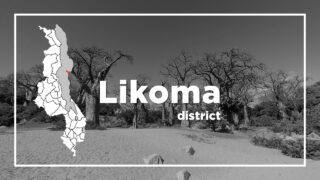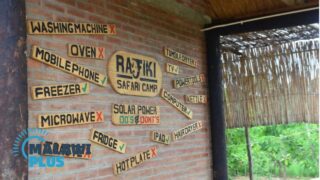About Malawi Northern Region
The Northern Region covers an area of 26,931 km².
It has six districts namely Chitipa, Karonga, Rumphi, Mzimba, Nkhata Bay and Likoma.
| District | Land Area (km2) | Population | Population Density |
| Chitipa | 4,288km2 | 234,927 | 55/km2 |
| Karonga | 3,355km2 | 365,028 | 109/km2 |
| Rumphi | 4,769km2 | 229,161 | 48/km2 |
| Mzimba | 10,430km2 | 1,157,522 | 111/km2 |
| Nkhata Bay | 4,071km2 | 285,795 | 70/km2 |
| Likoma | 18km2 | 14,527 | 807/km2 |
It borders Tanzania to the north and east, and Zambia to the west.
The headquarter of the northern region is Mzuzu which is the third largest city in Malawi.
Population in the Northern Region of Malawi by Tribe
| Tribe | Tumbuka | Tonga | Chewa | Nkhonde | Others |
| Percentage | 57.39% | 9.58% | 6.93% | 6.87% | 19.23% |
*The data is as of 2018.
Economic Activities in the Northern Region of Malawi
The main economic activities in the region include mining of bauxite, uranium, aluminum and kaolinite, production of hydro-electric power, timber and rubber, fishing, making of boats, keeping of livestock (pigs, goats, sheep and cattle) and cultivation of tea, coffee, tobacco, maize, cassava and rice.
Manufacturing of medical products and cosmetics is also common while fishing is a major economic activity in Lake Malawi and Likoma Islands.
Livestock rearing and the processing of related products are common in Karonga and Mzuzu.
Coal mining is done in Livingstonia, boat building and repair in Karonga, and rubber and tobacco processing in Nkhata Bay.
Main Tourist Attractions in the Northern Region of Malawi
The region has one National Park (Nyika National Park) and one Wildlife Reserve (Vwaza Marsh Wildlife Reserve).
Other tourist attractions are Nkhata Bay, Livingstonia, Likoma Island and Karonga Museum.
Districts in the Northern Region of Malawi
Chitipa
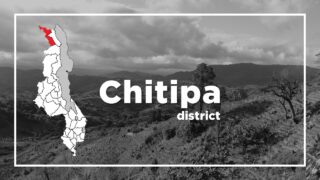
Karonga
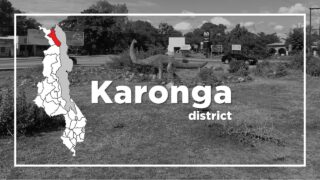
Rumphi
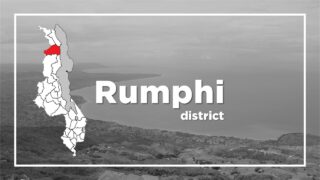
Mzimba
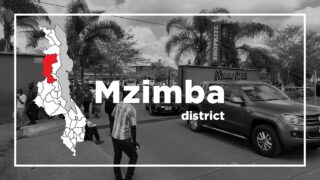
Nkhata Bay
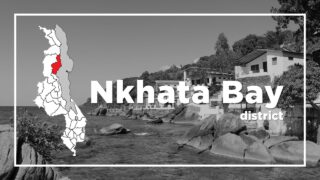
Likoma
